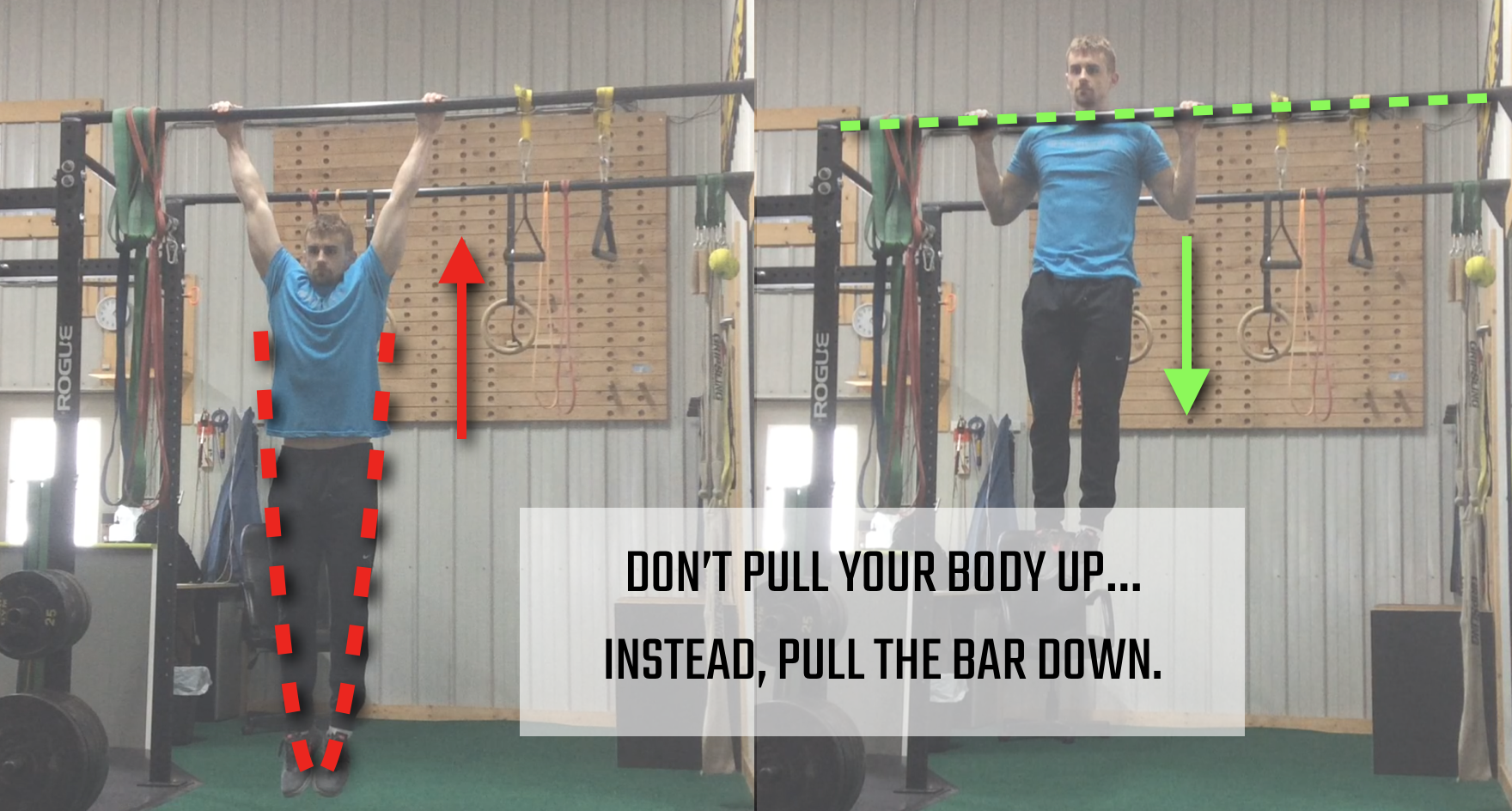Last night I had a conversation with someone who had been experiencing chronic low-back pain for years. After several injections to help relieve the pain, she was told that her only option moving forward would be to undergo several procedures involving nerve manipulation, if she wanted to resolve the issue.
Needless to say, she did not like the sound of having to resort to this course of action.
Instead of doing more of what she was already doing, she identified some lifestyle changes that could be made and started heading in a different direction.
She started eating better and she started doing some true strength training.
She didn’t start doing 5lb. dumbbell curls while standing on a BOSU ball.
She didn’t start doing karate kick burpees.
She didn’t start doing twirly-do-dah twisty planks.
She started training movements that build total body strength.
If you have ever experienced low-back pain, you may gasp when you read that she started doing deadlifts.
She started to squat.
She was bench pressing and pressing overhead.
She spent time building a stronger upper back and midsection.
She didn’t do what many do - avoid things that involved her lower back altogether.
She actually did quite the opposite. She directly attacked her lower back with movement, working to strengthen and mobilize local tissues.
She familiarized proper positions.
She spent more time on her feet, and less time sitting.
She pushed for heavier and heavier weights.
She pushed for more and more repetitions.
Over the course of the several months she has given a strength training program an honest chance to do its work, she has noticed vast improvements taking place.
During our discussion last night, she reported to me that she no longer expects to need to go under the knife, and hopefully will never have to get an injection again.
Now that is a real, meaningful result!
I have written about how important it is to build, and then to retain your strength.
When you get stronger, any goals you are after become more reachable. Strength should always be the foundation.
I am very proud of this person. She has worked so hard and has had 100% trust in the powerful process of getting stronger the whole way. It’s amazing what a strong body will do for you!


